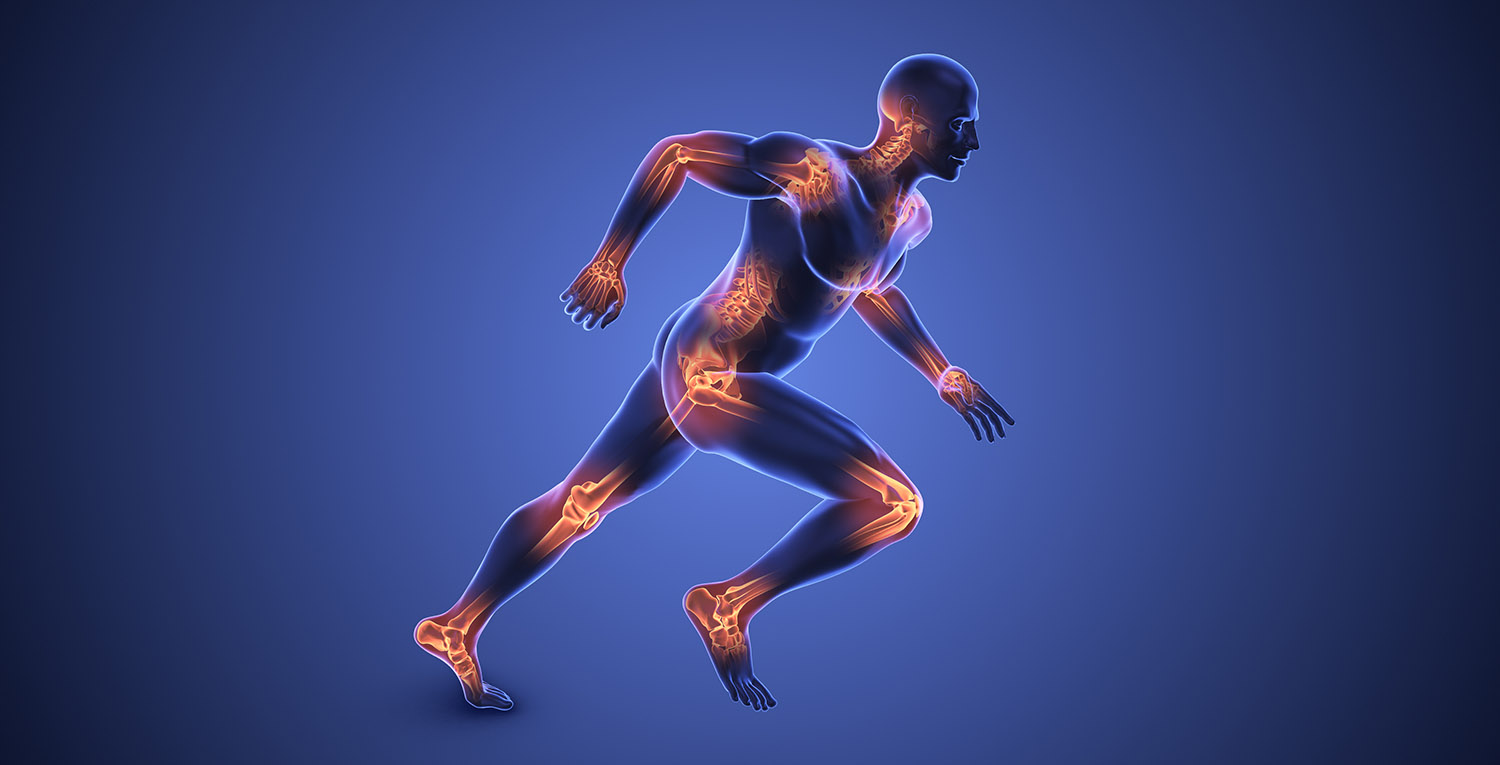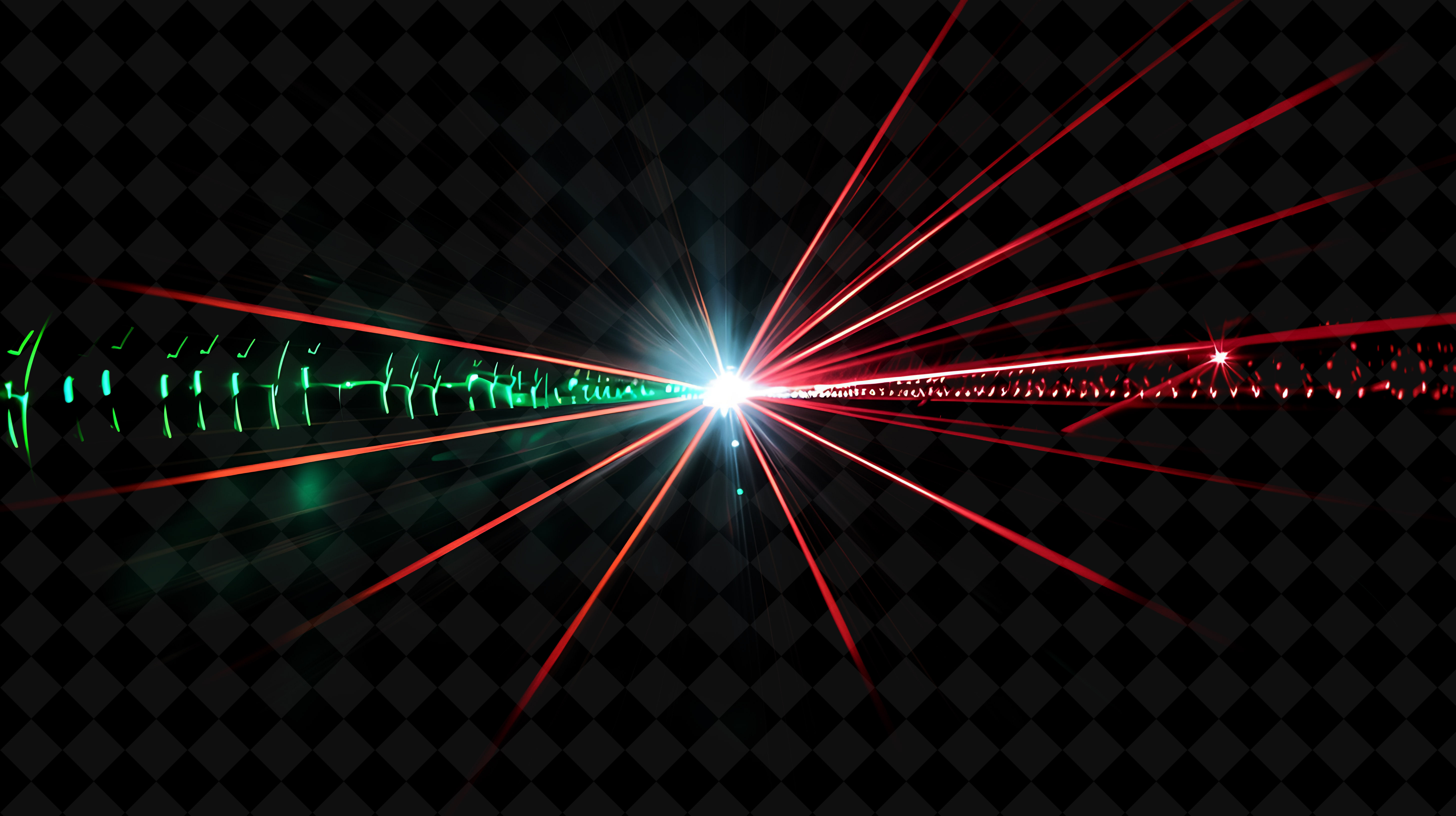
PhotoBioModulation: Healing With The Power of Red Light Therapy
Athletes continually seek advanced methods to boost performance and expedite recovery from injuries. Among the growing interventions in sports medicine, laser therapy has gained prominence due to its ability to accelerate muscle repair and effectively reduce inflammation.
Laser therapy works by enhancing blood flow to injured tissues and stimulating cellular repair mechanisms, making it an ideal tool for addressing muscle strains, sprains, and other soft tissue injuries. Athletes can benefit from shortened recovery times, allowing them to return to peak performance faster and with less downtime. The therapy’s capacity to promote healing at the cellular level helps not only in treating acute injuries but also in improving overall muscle resilience.
Incorporating regular laser therapy sessions into an athlete’s training regimen may also serve as a preventive measure. By maintaining optimal muscle health, promoting flexibility, and reducing inflammation, athletes can lower their risk of injury, keeping them in optimal condition for competition and training.
PhotoBioModulation and Sports
The benefits of PhotoBioModulation (PBM) have been recognized for decades, but its application in sports science represents a promising frontier for optimizing both performance and recovery. The increasing demands of high-level sports, combined with the physical and psychological stressors athletes face, can lead to chronic fatigue, muscular damage, and overall burnout. PBM presents a powerful, non-invasive solution to mitigate these issues, aiding in recovery and enhancing athletic performance.
Some General Research On PBM
In their review of current literature, focusing on research from 2014 onwards, Laura Marinela Ailioaie and Gerhard Litscher assessed the impact of PBM on sports performance. Previous studies using the term “low-level laser therapy” (LLLT) were excluded to maintain a focus on the latest advancements under the PBM framework. Through this lens, they analyzed 25 human studies demonstrating the protective and ergogenic (performance-enhancing) effects of PBM, supported by findings from 22 animal studies. These results underscore PBM’s potential to modulate mitochondrial activity, which can directly influence physical performance and recovery.
However, it’s essential to acknowledge that 14 human studies reported inconclusive or negligible results. A deeper analysis suggests these outcomes may stem from variables such as technological limitations, participant selection, and inconsistencies in PBM parameters, including device type, application technique, and dosage
PBM Into The Future And It's Advancements
Moving forward, it is imperative to design dose-response studies that correlate both physical activity and PBM treatments, ensuring precise modulation of energy systems, immune function, and neuroendocrine responses in relation to athletic training. Furthermore, the advancement of PBM devices and application methods will be critical in refining these interventions.
Innovative technologies, such as nanotechnology for intracellular signaling and 3D/4D motion analysis, promise to unlock even greater potential for PBM in elite sports. As we continue to evolve our understanding, the integration of these cutting-edge tools will help maximize PBM’s impact, pushing the boundaries of human performance and fulfilling the aspirations of athletes worldwide.
The Results Of PBM Application In Sports Are promising:
Athletic training and competition place immense demands on the body, often leading to conditions like chronic fatigue, muscle soreness, and the risk of injury. These physical stressors, combined with the mental strain of competition, can significantly hinder an athlete’s ability to perform at their peak. PhotoBioModulation (PBM) has emerged as a valuable therapeutic tool in this context, offering the potential to accelerate recovery, enhance endurance, and reduce the incidence of injury.
PBM works by stimulating mitochondrial function at the cellular level, promoting faster recovery through improved energy production and cellular repair. Studies have shown that PBM can help reduce inflammation, decrease muscle damage, and alleviate pain, all while supporting faster muscle recovery following intense physical exertion. These benefits make PBM an attractive option for athletes looking to maximize their performance and minimize downtime between training sessions or competitions.
Additionally, the non-invasive nature of PBM makes it a favorable option for ongoing use throughout an athlete’s training cycle. By incorporating PBM into regular recovery protocols, athletes can experience enhanced muscle repair, improved energy metabolism, and a reduction in delayed onset muscle soreness (DOMS), all of which contribute to sustained performance over time.
While the results of PBM application in sports are promising, it is crucial to continue refining the technology, optimizing dosage, and individualizing protocols based on the specific needs of each athlete and sport. As PBM devices evolve, with improvements in precision and efficiency, they hold the potential to become an indispensable part of the modern athlete’s recovery and performance strategy.
The future of PBM in sports is bright, with advancements in both the science and technology driving its application. By staying at the forefront of PBM research and innovation, sports medicine practitioners can offer athletes cutting-edge tools to enhance their performance, prevent injuries, and achieve their full potential on the field, track, or court.


